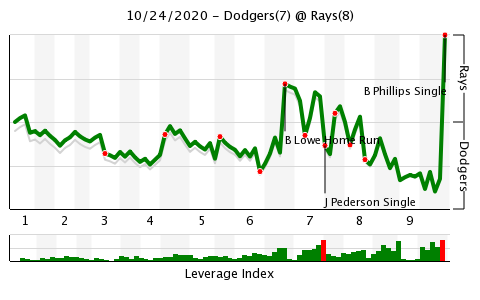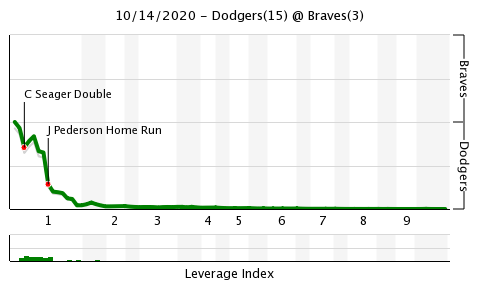The 2020 ZiPS Projection Wrap-up, Part II: The Hitters
While there’s still a bit of baseball left to be played, this is always the time of the year when I dissect the current season’s ZiPS projections. Baseball history is not so long that we suffer from a surfeit of data, and another season wrapped means more for ZiPS to work with. ZiPS is mature enough at this point that (sadly) the major sources of systematic error have been largely ironed out, but that doesn’t mean that the model doesn’t learn new things from the results.
Last week, we looked at the team projections. Now, we turn our eyes to the hitters. Given the length of the 2020 season, the accuracy and bias of hitters’ projections this year likely offer fewer broadly applicable lessons, but they can still help us learn something about how projections ought to treat truncated seasons.
The first thing I can say with confidence is that, at least when it comes to ZiPS, there was no group tendency that could be gleaned from the projection errors. I assessed the errors using a variety of tools to see if certain types of players had more or less accurate projections or a 2020 tendency to over- or underperform the projections as a group. For instance, did fastball hitters fare better or worse? Did young players, or faster players?
The answer for these and other similar comparisons I looked at was no; none of these attributes had significant predictive value when it came to the magnitude of the errors or the bias of the projections. That’s good news in that 2020 didn’t feature any new calibration errors, but bad news in that we didn’t really learn anything new about short seasons. If, for example, my analysis had revealed that older hitters overperformed their projections as a group, it may have given us new insight into how aging players can better maintain their performance in 60 games rather than 162. On the whole, the errors were uncorrelated in this manner. The exception was the usual one: players with shorter resumés had less accurate projections than players with longer ones, but that’s always the case. Read the rest of this entry »


